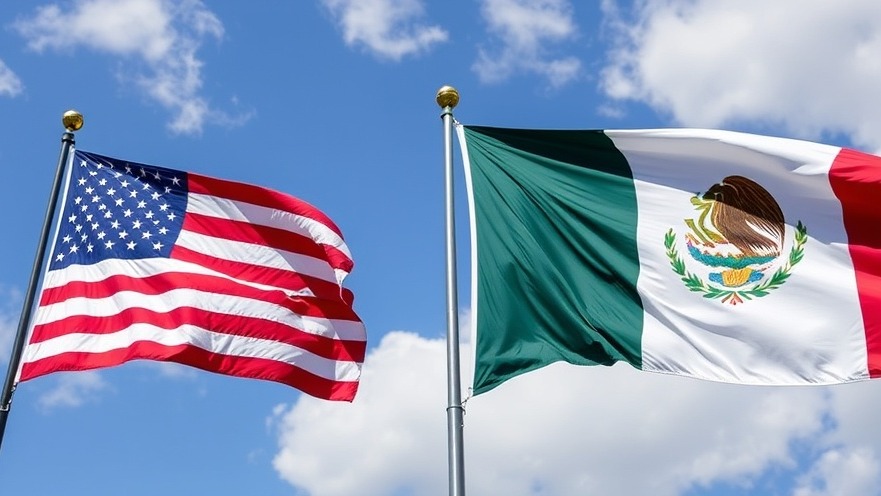
A Milestone Moment: Ice Cream Industry Embraces Natural Change
In a significant move for public health, U.S. ice cream manufacturers, representing approximately 90% of the market, have committed to eliminating artificial colorings from their products by 2028. This initiative aligns with federal health recommendations to address potential health risks associated with these synthetic dyes, which have raised concerns among health advocates for years.
The Science Behind the Change
Many health experts have pointed out potential neurobehavioral implications associated with artificial food coloring. Research has suggested links between synthetic dyes and hyperactivity in some children, prompting advocates to call for cleaner ingredient lists in food products. The dyes being phased out include Red 3, Red 40, Green 3, Blue 1, Blue 2, Yellow 5, and Yellow 6. Instead, manufacturers plan to adopt natural alternatives sourced from fruits and vegetables, a move lauded by U.S. Food and Drug Administration (FDA) officials.
FDA Commissioner Marty Makary described this initiative as a “Renaissance moment for health in America,” highlighting the importance of focusing on the overall well-being of consumers. This adjustment reflects a larger trend within the food industry, echoing similar commitments from other major food companies like Nestle, Kraft Heinz, and General Mills to eliminate artificial coloring from their food products.
Broader Health Implications
While the removal of artificial dyes marks a step forward, health experts, including Deanna Hoelscher from the University of Texas, caution that just removing these components won't make ice cream a health food. She notes that the high sugar and fat content in many ice creams also contribute to chronic health issues. “It still is a food that should be consumed in moderation,” she said. Her insights reflect a critical discourse in nutritional science, urging consumers to consider the full spectrum of dietary impacts beyond just dye removal.
The Future of Food Coloring
As part of the evolving food landscape, the FDA has recently approved new natural color additives, including a striking blue derived from the gardenia fruit, which is anticipated to change the game for not just ice cream but a wide range of food products including drinks and candies. This transition indicates a potential future where consumers can enjoy the visual appeal of colorful food without the associated health risks of artificial ingredients.
Conclusions and Opportunities for Consumers
This pledge by ice cream makers represents more than just a change in policy; it reflects a cultural shift towards health-conscious consumer spending. People are becoming increasingly aware of the ingredients in their foods and are advocating for transparency and safety in the products they consume. This change not only caters to consumer preferences but could set a precedent for other segments of the food industry to follow suit.
To see this healthy trend grow, consumers can take action by supporting brands that prioritize clean ingredients and advocating for the broader removal of artificial additives in all food products. Educating oneself about food labels and making informed choices can play a significant role in promoting health in the community.
 Add Element
Add Element  Add Row
Add Row 



Write A Comment